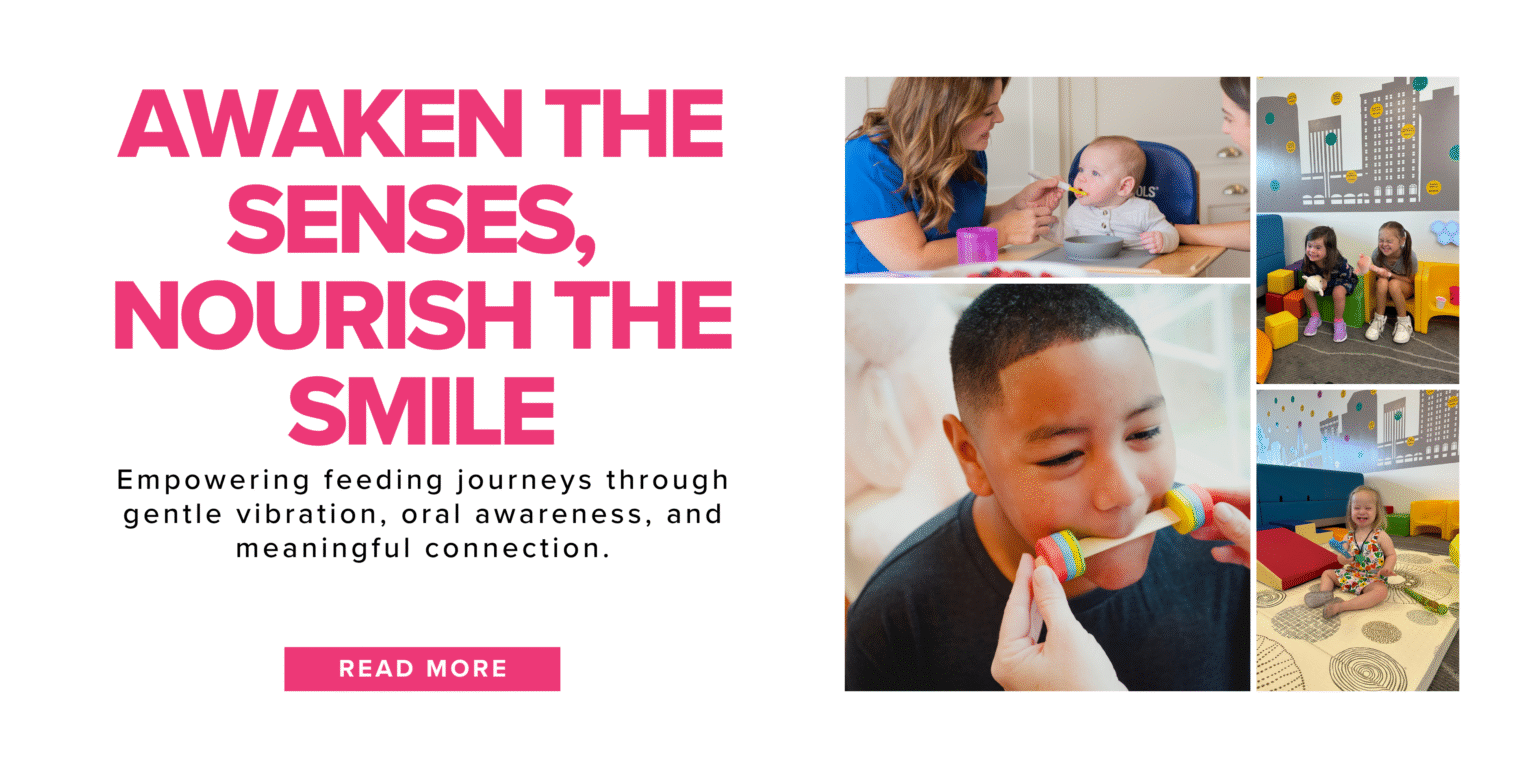Every decision, no matter how minor, contributes to a larger pattern of behavior—often invisible until its cumulative impact becomes undeniable. In a world obsessed with grand transformations, the true power lies not in sweeping change, but in the quiet accumulation of micro-decisions. These daily choices, repeated consistently, activate powerful neural reinforcement loops, reduce reliance on willpower, and gradually reshape identity through habit formation. This article explores how small intentional actions build enduring habits, using real-world examples—like a smart hydration tracker—to illustrate the science behind lasting change.
1. Understanding the Science of Small Choices
At the core of habit formation is the compounding effect of daily micro-decisions. Each choice, though seemingly insignificant, feeds into a compounding trajectory that over time produces profound transformation. Behavioral economics reveals this through the “snowball effect”—small, consistent actions gain momentum, much like a stone rolling down a hill, growing stronger and more influential with every turn. Unlike big decisions, which drain mental energy and resist automation, small choices build automaticity through repetition, gradually bypassing the need for constant conscious effort.
Neural reinforcement loops are activated when actions are repeated. Every time a behavior is completed, the brain releases dopamine—a neurotransmitter associated with reward and motivation—strengthening the neural pathways linked to that choice. Over time, this creates a self-sustaining cycle: the anticipation of reward reinforces the behavior, making it easier to repeat. This process is not magic; it’s neuroplasticity in action—your brain physically rewires itself with every intentional act.
Table: Daily Micro-Actions and Their Cumulative Impact
| Action | Neurological/ Behavioral Effect |
|---|---|
| Drinking water at scheduled intervals | Boosts hydration, enhances focus, stabilizes mood |
| Taking 5 deep breaths before responding | Activates prefrontal cortex, reduces stress reactivity |
| Writing down 3 intentions each morning | Strengthens commitment, primes decision-making |
2. Why Small Choices Matter More Than Big Decisions
Behavioral economics demonstrates that consistency trumps intensity. The “snowball effect” of repeated small choices creates momentum far more reliably than one massive effort. Instead of relying on fleeting willpower, which fatigues and fails, incremental actions build psychological momentum—each tiny win fuels confidence and reinforces identity as someone who follows through.
Habit formation is key: once a behavior becomes automatic, it requires minimal mental effort, freeing up cognitive resources for deeper work. This reduction in decision fatigue is critical—psychologists estimate the average adult makes over 200 decisions daily, many unconsciously. Small choices, therefore, conserve energy and prevent mental depletion. The result? Greater resilience, improved focus, and sustainable progress.
List: Psychological Benefits of Small Choices
- Consistency builds identity: “I drink water daily” shapes self-perception more than a single act
- Small wins trigger dopamine, reinforcing motivation
- Routine reduces mental load, enhancing productivity and emotional balance
3. The Hidden Mechanism: How Small Choices Rewire the Brain
Behind every lasting habit lies a biological transformation. Dopamine release patterns shift as routines become automatic—each completion signals the brain that this behavior is valuable, strengthening synaptic connections. Over time, this rewires the prefrontal cortex, the brain region responsible for planning and self-control, making disciplined choices feel less like effort and more like instinct.
Emerging research shows sustained behavior also influences epigenetics—the chemical markers that regulate gene expression. While habits themselves don’t alter DNA sequences directly, they activate genes associated with discipline and resilience, while suppressing those linked to stress and impulsivity. This means repeated small choices can, over months, create measurable changes in how your body responds to challenges.
4. Real-World Illustration: The Product That Embodies the Principle
Consider {название}: a smart hydration tracker—not just a gadget, but a behavioral catalyst designed to embed micro-choice habits into daily life. Its embedded nudges—gentle reminders, progress visualizations, and personalized insights—transform intention into automaticity through consistent, low-friction engagement.
By tracking intake and celebrating daily consistency, the device leverages choice architecture: it simplifies decision-making (e.g., “What to drink?” → “Track via app”) and reinforces small wins with feedback loops. Over time, users develop automatic routines, reducing reliance on willpower and strengthening neural pathways tied to health and self-care.
5. From Micro to Macro: Big Habits Built on Small Choices
A compelling case study: consistent water intake at scheduled intervals. Over weeks, individuals report sharper focus, sustained energy, and improved sleep quality. This ripple effect extends to productivity—calmer nerves and clearer thinking enhance task performance—and emotional regulation, as hydration stabilizes mood swings.
These small choices overcome inertia by lowering the activation energy required to act. By anchoring hydration into daily rituals—like pairing a glass with morning coffee or mid-afternoon break—the tracker turns intention into identity. Over time, this builds a stronger sense of self: “someone who prioritizes health.”
6. Practical Strategies for Making Small Choices Stick
Designing supportive environments is essential. Place your hydration device near frequently used areas to create visual cues. Use apps with reminders and progress bars to provide immediate feedback—dopamine boosts reinforce behavior. Pairing choices with existing habits (habit stacking) increases adherence: drink a glass after brushing teeth or before a meeting.
Tracking and feedback amplify reinforcement. Studies show that visual progress tracking increases commitment by up to 30%. Combined with accountability—sharing goals with a friend or community—small choices gain social reinforcement, making them harder to abandon.
Common barriers—time, motivation, cognitive load—can be mitigated through simplicity. Automate reminders, reduce friction (e.g., pre-filled bottles), and celebrate micro-wins. When choices align with identity and feel effortless, they become sustainable.
7. Beyond the Product: Cultivating a Habit-Driven Lifestyle
{название} exemplifies how technology can anchor a habit-driven lifestyle. Integrate it into morning and evening routines to build rhythm. Use its data to reflect weekly: How did hydration impact sleep and focus? This reflection deepens commitment and awareness, turning behavior into conscious practice.
Accountability and community deepen change. Joining groups that share hydration goals creates social pressure and encouragement—key drivers of long-term adherence. Regular reflection, much like journaling, strengthens neural pathways by reinforcing meaning behind actions.
Ultimately, lasting transformation begins with small, consistent choices. Like standing waves shaping signals in physics, these micro-decisions build momentum, pattern, and power—reshaping not just behavior, but self.
*”The future belongs to those who believe in the beauty of their dreams.”* — Eleanor Roosevelt
Table: Comparison of Small Choices vs. Big Decisions
| Aspect | Small Choices (Micro-Actions) | Big Decisions |
|---|---|---|
| Energy Required | Low, often automatic | High, depletes willpower |
| Scalability | Compounding over time | One-off, with diminishing returns |
| Mental Load | Requires constant focus | High cognitive strain |
| Risk of Failure | High, often leads to abandonment | Lower, but perceived pressure increases dropout |
Blockquote: The Power of Compounding in Habits
“Small daily actions are the quiet architects of lasting change. Like ripples expanding across water, they build momentum beyond what willpower alone can achieve.”
Understanding and leveraging small choices isn’t just practical—it’s transformative. Through intentional design, consistent feedback, and supportive environments, anyone can turn intention into identity, one micro-decision at a time.



